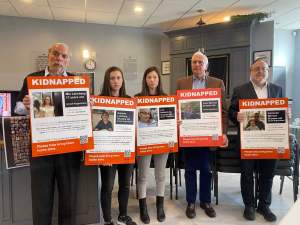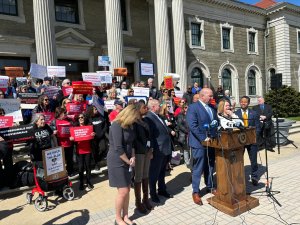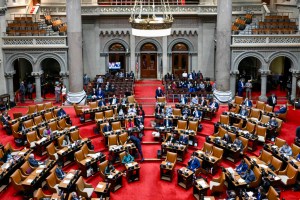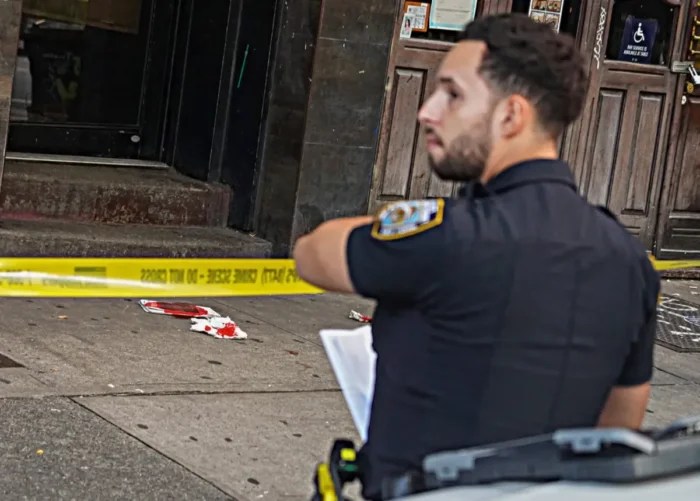Filmmakers unearthed previously unreported information about the unsolved Long Island Serial Killer case in The Killing Season, a new documentary series—and its creators hope it will help advance the ongoing investigation.
The documentarians tracked down one of the victim’s boyfriends, who gave a rare interview shedding new light on one aspect of the case. And while weeding through internet speculation, they found evidence that someone using a local law enforcement agency’s computer posted online the identity of a sworn officer that the user suggested was the killer.
“A lot of this wasn’t necessarily to find the killer, but to weed away the speculation,” said Josh Zeman, who teamed up with fellow documentarian Rachel Mills in the series. “Why was there so much speculation? Because there was so little transparency from law enforcement. And the one time we need transparency from law enforcement is when there’s a serial killer on the loose.”
The series’ debut comes less than a month before the sixth anniversary of police discovering the first of 10 sets of human remains along Ocean Parkway in Gilgo Beach and neighboring beaches. Police have identified six of the victims, who were found to be sex workers, but have neither made any arrests nor officially named a suspect. Police also do not believe Shannan Gilbert, who authorities were looking for when they found the remains, was murdered, although her family disagrees.
The case was also recently subject of the two-hour series debut of the new Investigation Discovery series People Magazine Investigates, which revisits high-profile unsolved crimes nationwide, although that show simply rehashed the facts of the LISK case for a national audience without any new revelations.
In The Killing Season, besides interviewing the victims’ loved ones and local journalists—including this reporter—filmmakers rely heavily on members of Websleuths, an online community of amateur detectives dedicated to helping police solve mysteries. The series also explores parallels between the LISK case and the so-called Eastbound Strangler, who killed four sex workers in Atlantic City, as well as other unsolved serial murder cases nationwide. LISK is featured prominently in the first, second and eighth episodes.
“They are connected, just not in the way we might all think,” said Zeman.
The series explores how police agencies routinely fail to share information with one another, as evident by the notoriously under-utilized Violent Criminal Apprehension Program (ViCAP), an FBI database designed to help catch America’s most violent offenders. Or, more specifically to the case at hand, how disgraced Suffolk Police Chief James Burke, who was recently sentenced to federal prison for corruption, refused to let the FBI help solve the Gilgo case.
Such revelations may be eye-opening to viewers accustomed the fact that investigators have warrantless access to private citizen’s personal information, buttressing the widespread belief that crimes can be solved in a half hour like on TV.
“There are more broken systems at play than people ever knew,” Mills said. “It’s extremely fractured. And I feel like most of us are completely unaware of that fact.”
The eight-episode season of Killing Season debuts with back-to-back episodes 9 p.m. Saturday on A&E.





















